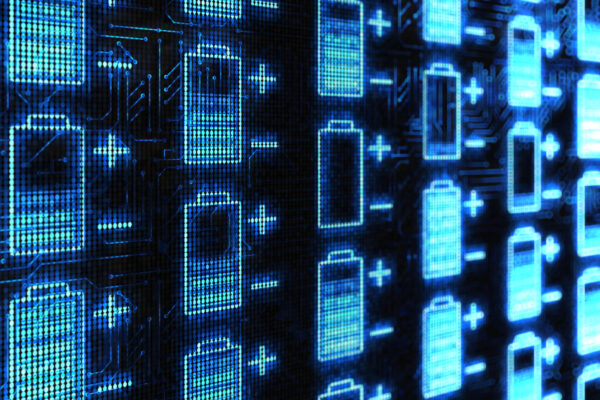
Hydrogen project opens up fuel cells on trains
The advantages of hydrogen-driven vehicles are known: They run completely pollution-free – and even CO2-neutral if the hydrogen comes from renewable sources. The hydrogen to energize the fuel cells is stored in high-pressure tanks; alternatively, it is also possible to use cryogenic liquefied hydrogen. Of course, rail vehicles driven with fuel cell power trains would feature the same benefits – and the drawbacks: “Refuelling locomotives using the current method of compressed hydrogen or cryogenic hydrogen would require a completely new infrastructure”, explains professor Peter Wasserscheid, head of the Helmholtz Institute Erlangen-Nuremberg for Renewable Energy (HI ERN).
“The Liquid Organic Hydrogen Carrier (LOHC) technology, in contrast, makes it possible to maintain the existing infrastructure as far as possible.” The storage and delivery of large quantities of fuel would also be possible without restriction with LOHC technology, irrespective of the safety aspects that have to be observed with elemental hydrogen. LOHC is not classified as a hazardous substance.
The organic carrier liquid serves as a kind of liquid deposit bottle for hydrogen. It is highly effective: A single litre of this liquid binds more than 650 litres of hydrogen. Handling and physical properties of the oily substance are similar to those of conventional fuels and thus the liquid can be easily transported. In principle, hydrogen can also be supplied to hydrogen filling stations, where hydrogen trains such as the Coradia iLint from Alstom, which is about to be approved, can be refuelled. But the researchers at HI-ERN go one step further in their project: “Our goal is to sink the hydrogen-laden LOHC carrier directly onto the train. The hydrogen is then released on board the train during operation and converted into electricity in a fuel cell,” explains project coordinator Patrick Preuster. “One of the aims of our project is to adapt the equipment required for the release of hydrogen for mobile applications. It is not only important to reduce size and weight. Mobile applications require release units that react well to dynamic load changes, e.g. before starting and climbing, when particularly high power – and correspondingly high hydrogen – is required.
In addition to on-board catalytic dehydrogenation, the researchers are also pursuing an innovative approach: the development of a direct LOHC fuel cell for mobile applications. The direct fuel cell generates electrical energy directly from charged LOHC. An additional apparatus for catalytic release of the hydrogen gas on board the train would then be omitted. The first prototypes of direct LOHC fuel cells are already in operation in the HI ERN laboratories, the results of which are very promising.
The research project started in January 2018 with a three-year preliminary project to develop important foundations. If everything goes according to plan, a significantly larger demonstration project will follow from 2019, in which a first train demonstrator will be developed within five years under the leadership of HI-ERN researchers. The demonstration project also aims at an intensive cooperation with the industry, which is already showing great interest in the new concepts of the HI ERN.
Related articles:
- FUEL CELL BOOSTS RANGE OF ELECTRIC VEHICLES
- JAPANESE PROJECT TESTS OUT HYDROGEN FUEL CELLS IN BOATS
- EXPERIMENTATION AND QUANTUM COMPUTATION IDENTIFIES SOLID OXIDE FUEL CELL MATERIALS
- PROTOTYPE PROTON BATTERY COMBINES CARBON ELECTRODE WITH HYDROGEN FUEL CELL
 If you enjoyed this article, you will like the following ones: don't miss them by subscribing to :
eeNews on Google News
If you enjoyed this article, you will like the following ones: don't miss them by subscribing to :
eeNews on Google News



